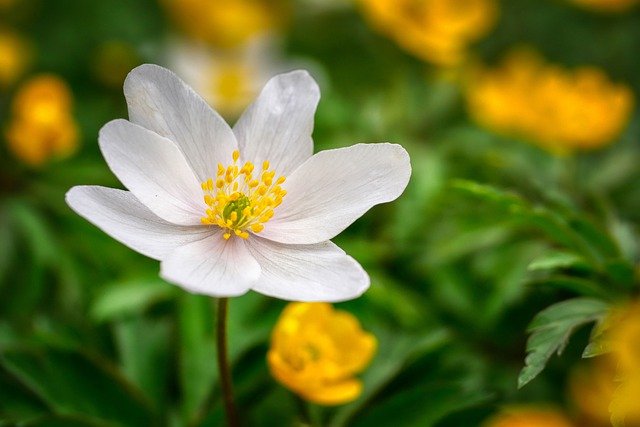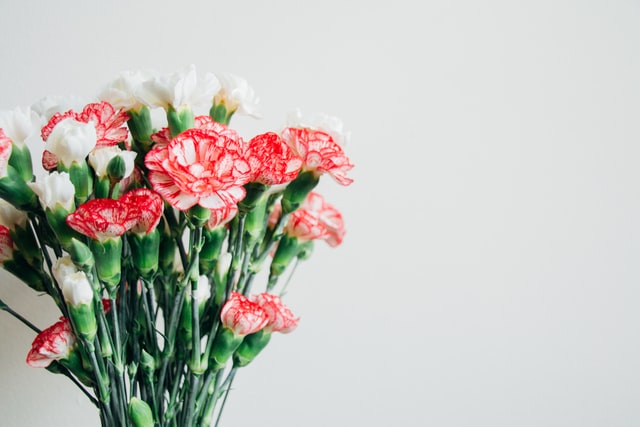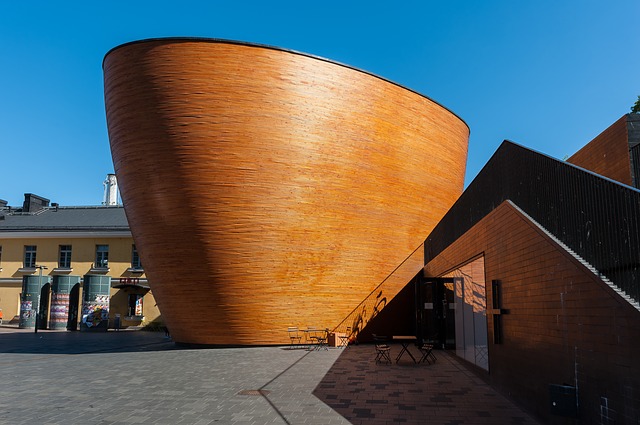Mother’s Day: A Finnish holiday in May where mothers receive breakfast and flowers

Mother’s Day is a familiar holiday in Japan, where people give carnations to their mothers to show appreciation for their daily care. This celebration has spread worldwide, including to Finland in Northern Europe. In addition to giving flowers in Finland, there is a unique custom of making breakfast for mothers.
In this article, I will introduce how Mother’s Day is celebrated in Finland, including the history of the holiday’s birth.
Features of Mother’s Day in Finland

Mother’s Day is a globally famous holiday for expressing gratitude to mothers. In Finland, Mother’s Day also exists and is held annually on the second Sunday of May, just like in Japan. The holiday was established in Finland in 1918.
On Mother’s Day, people use the Finnish greeting “Hyvää äitienpäivää,” which means “have a good Mother’s Day” to celebrate the day. Just like in Japan, children give their mothers message cards and presents. In Finland, instead of carnations, it is common to give miniature roses or flowers called “valkovuokko.” Furthermore, Finland has a unique custom where, on Mother’s Day morning, children and fathers bring breakfast to the mother’s bed for her to enjoy leisurely.
Valkovuokko, the symbol of Mother’s Day

Valkovuokko, the representative flower for Mother’s Day in Finland, is a perennial flower classified in the Ranunculaceae Anemone genus native to Europe.
In Japan, it is known as Yabuichige or Ichirinsou. Valkovuokko blooms from April to June during the spring season. Since its flowering period coincides with Mother’s Day, it has become established as the flower to give on Mother’s Day in Finland.
Valkovuokko is characterized by its delicate white petals and grows in various places in Finland, from meadows to forests. Every spring, the ground is covered with blooming valkovuokko flowers, making it look like a white carpet.
The birth of Mother’s Day

Today, Mother’s Day is celebrated annually as a regular event worldwide, but when was Mother’s Day born? There are multiple theories about the origin of Mother’s Day, including ancient Rome and 17th-century Britain. The most credible theory is that it originated in the United States in the early 20th century.
On May 12, 1907, a memorial service for social activist Ann Jarvis was held at a church in Philadelphia, USA. Ann Jarvis was known for her efforts in nursing wounded soldiers during the American Civil War and public health activities. Her funeral was held at a church associated with her during her lifetime. Her daughter, Anna Jarvis, offered white carnations, her mother’s favorite flower, to the altar and gave them to the attendees as well.
This event, carried out by Anna Jarvis, gradually spread throughout the United States. In 1914, based on the day of Ann Jarvis’s memorial service, the US government officially established Mother’s Day as a holiday. Since then, Mother’s Day has spread worldwide. In Finland, it was established in 1918, and in Japan, it was established after World War II in 1947.
Conclusion
Mother’s Day is a holiday originating from Ann Jarvis and her daughter Anna Jarvis in the United States. In Japan, red carnations are the typical flower given on Mother’s Day, while in Finland, people present white valkovuokko flowers.
Additionally, Finland has its unique customs, such as children making breakfast for their mothers so they can relax and enjoy it.




